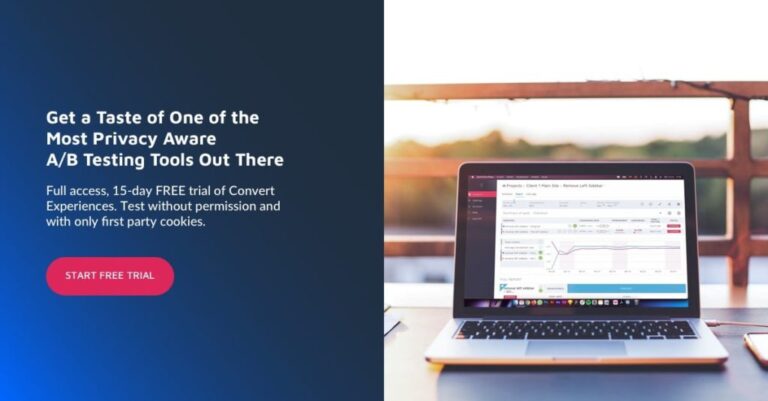
In what has become a pay-to-play or pay-to-reach social media landscape, with statements like ‘organic social media is dead’ readily thrown around, why should brands be paying more attention to their organic social media strategies? And what can we learn from how social-first businesses leverage a broad range of organic activities to help prioritise organic social?
A broader definition of organic social media today
As consumers continue to spend more time online, social media will remain central to the connection between brand and customer. Now is the time for brands to invest in building an integrated, nimble social media marketing function. This will help to develop the right strategies, capabilities and technology required to compete in today’s social media landscape.
By comparison, the catastrophic failure of the tone deaf European Super League to understand fan sentiment, or anticipate the social media storm, contributed to its collapse.
Twenty seven percent of people are carrying out their product research on a social media platform. It has become central to how consumers discover, and ultimately make decisions about the brands they care about, and the products they purchase. As social media continues to be a foundation of customer experience today, this figure will surely increase.
Social-first brands like Boohoo, Gymshark or Netflix understand that reaching their audiences across the social landscape requires a tailored approach. Boohoo consistently remains relevant for its audiences with content influenced by pop-culture, entirely tailored for channel, and delivered in the brand’s relatable tone.
Christina Ruby, digital marketing consultant at Capgemini Invent, advocates a broader definition of organic social media and a more strategic approach from brands.
Content quality really matters
Simply put, organic social media is traditionally seen as any social media activity that exists without paid promotion. At the lowest level, this is outbound content on a brand social page.
Reframing the notion of community ‘management’ to community ‘stewardship’ or ‘leadership’ can subtly shift the brand mindset from owning communities, to collaborating with, guiding, and facilitating – rather than controlling.
Social Media Strategy Best Practice Guide
The pandemic has further highlighted the intrinsic importance of social listening for brands to understand what’s being discussed on a macro and micro level.
To reach these active audiences, brands shifted their attention to social with a renewed sense of urgency. Budgets were plunged into creative and media for paid social activity, with worldwide spend on social media advertising up 50.3% at the peak of the 2020 holiday season.
The power of community and connections
As we’ve all searched for ways to stay connected during the COVID-19 pandemic, social media has helped bridge the virtual gap to our friends, families and the brands and causes we care about. The global number of active social media users saw a 13% uplift from January 2020 to January 2021, now standing at a staggering 4.2 billion.
Ultimately, social-first brands capitalise on the benefits of an integrated organic and paid approach. They understand the intrinsic link between both, and the complimentary objectives achieved. But there should always be a focus on a broad set of organic social media activities to lay the foundations for success.
Consequently, content needs to be readily available across multiple social platforms; each with their own creative format opportunities, distinct contexts, and audience expectations within these contexts. Repurposing content like-for-like across channels, just won’t cut it. Content needs to be at the consumers’ fingertips: easy to find, beautifully executed, and lead seamlessly into purchase.
But the true success stories of social media don’t rely on paid social ads alone. Whilst recognising the necessity and power of paid ads for targeting and scale, it’s the focus on leveraging a broad range of modern organic tactics that lays the foundations for sustainable social media success.
Social listening is fundamental in remaining agile and reactive
Creative content budgets are often heavily tipped in favour of performance marketing or broader brand-building paid social creatives. But as platform opportunities for social commerce accelerate, the role of organic content in delivering a seamless in-platform shopping experience provides the opportunity to bring the worlds of organic and paid social content closer together. With this should come renewed attention and resources to create high quality, relevant organic content.
To start with, social-first brands get the fundamental of organic social media right: content quality. With social in their DNA, they aren’t derailed by the introduction of the latest channel or shiny new format. They instinctively know the tactical opportunities to leverage; and have teams and the right agencies in place to create appropriate content, at speed and at scale.
But today, when social media marketing influences the full consumer journey, a much broader list of organic social tactics can include community management, customer care, social listening, employee social media advocacy programmes, as well as leveraging user generated content (UGC) as part of your content strategy.
In uncertain times, when agility has been key, social listening insights have empowered brands to pivot their strategies more effectively, informed their creative choices, and helped them find their authentic voice in the conversation, in a way that is meaningful for their audiences.
Social-first brands see this not as a threat, but as an opportunity. They recognise the power of building a social community, and that excellence in developing a community is a must. By listening to their audience and involving them in the brand – whether through meaningful engagement or providing them with a voice to get involved in product development – they gradually bring brand and audience closer together. And in doing so, these brands gain greater influence over what audiences think and say on social.
Gymshark is a master at nurturing the power of community. The Gymshark Athletes programme enables the brand to build long-term partnerships, whilst it maintains a constant connection to community by encouraging UGC and endless community engagement. The brand is actively involved alongside its community, influencing behaviours and in doing so harnessing the full power of social community for brand.
Bumble listened to users and used its platform to amplify black voices in solidarity with Black Lives Matter. This was backed up by an explanation of the internal changes being made to create a more inclusive workplace. Dove has been creating content around the identified and shared values of brand and target audience for many years. Harnessing the power of UGC, Project #ShowUs is an initiative to create a library of stock images that are truly representative of all women.



![How Retail Buyers Need to be Thinking About Retail Media [From the Perspective of a Former Buyer]](https://research-institute.org/wp-content/uploads/2021/04/what-to-know-before-you-sell-your-small-business-768x432.png)


